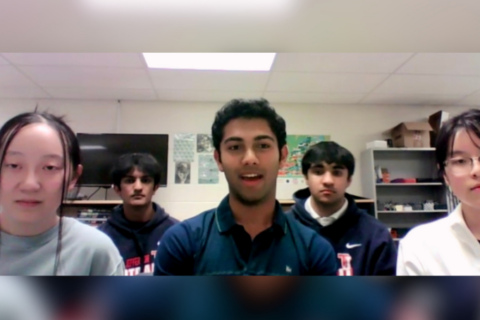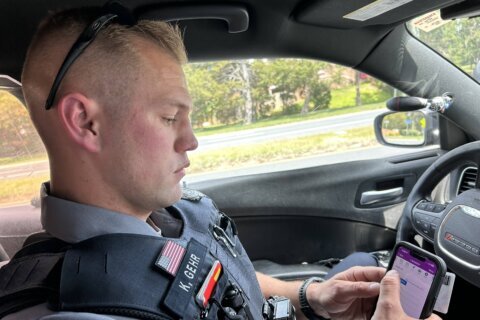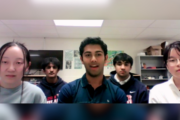In Paul Malc’s math class at Mantua Elementary on Wednesday afternoon, the longtime teacher asked his students to raise their hands if they plan to watch the Super Bowl.
He proceeded to ask the class how successful the long pass play usually is, and after taking a few guesses from sixth graders at the Fairfax County school, he told them that 16 of the 193 Hail Mary passes were successful during that stretch. That’s a 9.7% success rate, he wrote on the board.
Malc led a similar exercise for onside kicks. Using Sunday’s big game between the Chiefs and 49ers as an example, he stressed that a probability calculation can be applied to just about anything.
In his 20 years in the classroom, Malc has often turned to football and other real-life scenarios to teach math concepts. It helps keep students interested, he said, but it also proves a larger point.
“I want them to understand that math is real,” Malc said. “It’s not, ‘Timmy had five apples.’ It’s more of, there’s something going on here, and that can be explained statistically.”
Malc has a Green Bay Packers helmet on his desk and is a major fan. He did some sideline work with the team, the result of a connection he made when an item he bid on at an auction was damaged when it arrived.
His fandom came through during a recent lesson on the Pythagorean theorem.
“Aaron Rodgers throwing the ball across the field, which would represent the hypotenuse of a triangle, while Randall Cobb, the receiver, ran the vertical leg of a triangle, and how much longer the ball had to be in the air than Randall was actually running.”
The lesson was memorable for Malc’s students.
“I find it much easier to understand,” one of those students, John, said. “It’s really smart the way he does it, and cool, because some of those references show that math can be used in real life.”
For Malc, that’s the point. He’s been using real-world examples in his classes since 2004, and it’s not restricted to just football.
“It may be something else out of my life — something I’ve seen, experienced, heard about,” Malc said.
A former financial analyst, Malc said it’s challenging to use math to predict who will win the Super Bowl, largely because there are many variables involved. Those include “everything from the specific skills and talents of the players, to the wind direction, wind velocity,” to the type of cleats that players are wearing. Even tackling, Malc said, involves a geometric calculation.
On Wednesday, students asked Malc various questions, such as the likelihood of a kick bouncing off the upright, something one of the students called a “doink.” They also inquired about the probability of a fumble.
“I want them to have reality, I want them to have life, because I want them to take the math with them,” Malc said.
They’re starting to realize the things they learn in his class don’t just apply to homework assignments.
“Everything is math, everything is probabilities,” Malc said. “When I had cancer, they gave me an 85% chance of living if I had chemo, and a 65% chance if I didn’t. That’s the ultimate probability.”
Get breaking news and daily headlines delivered to your email inbox by signing up here.
© 2024 WTOP. All Rights Reserved. This website is not intended for users located within the European Economic Area.








